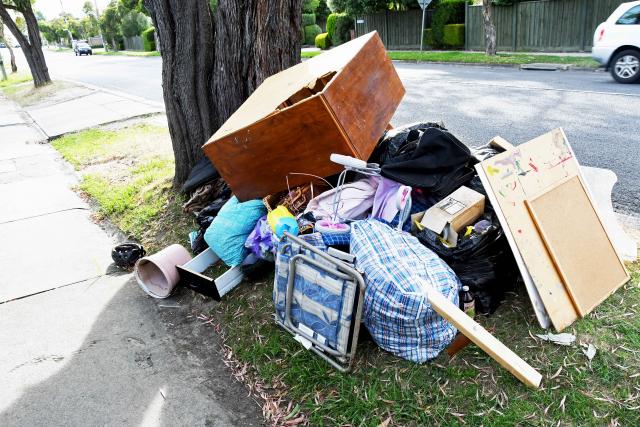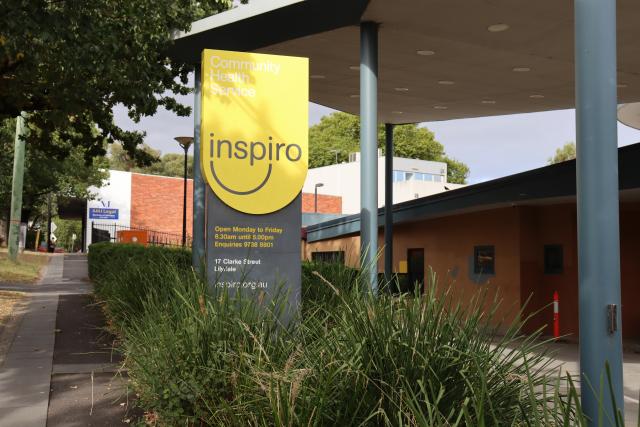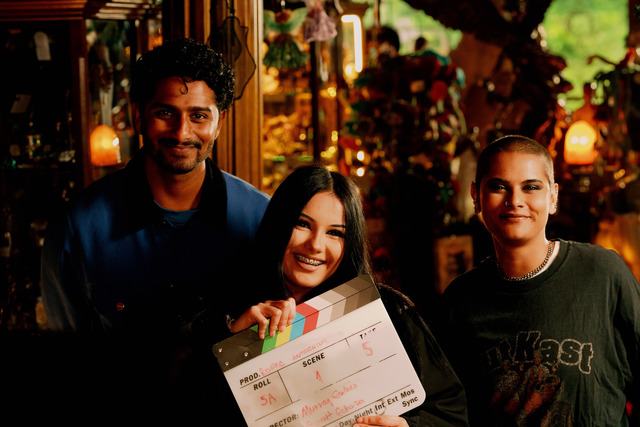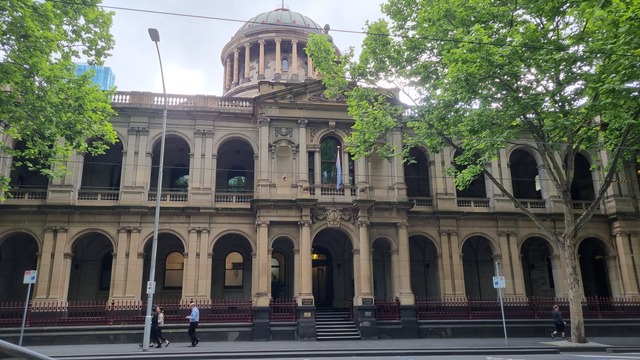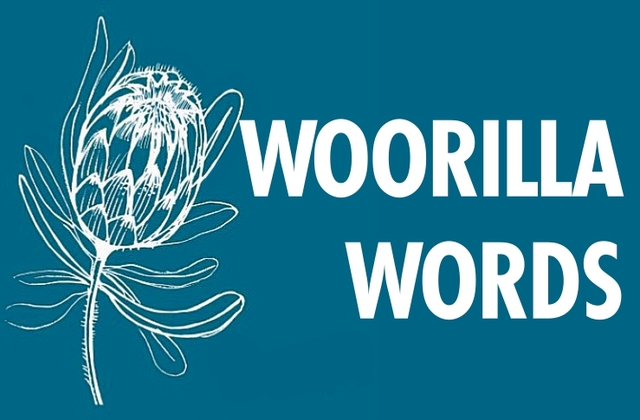The Burrow, by Australian author Melanie Cheng, was shortlisted for the 2025 Stella Prize.
The slim novel (only 185 pages) begins with this quote from Franz Kafka’s unfinished short story of the same name, which was published posthumously in 1931: “The most beautiful thing about my burrow is the stillness. Of course, that is deceptive. At any moment it may be shattered and then all will be over.”
In Kafka’s story, the narrating protagonist is an unnamed badger-like creature who struggles to secure the labyrinthine burrow he has excavated as a home.
He does so by hammering and pounding the loose, sandy soil into firm walls for his “beautifully vaulted chamber”: “I had to run with my forehead thousands and thousands of times, for whole days and nights, against the ground, and I was glad when the blood came, for that was a proof that the walls were beginning to harden; and in that way, as everybody must admit, I richly paid for my Castle Keep.”
Like Kafka’s creature, in Cheng’s story, Amy and Jin live an isolated life and are terrified of change.
Their partially renovated inner-city home is a sanctuary from both external risks and internal turmoil.
Not just because of the pandemic lockdown – their life has been standing still and silent since the tragic death of their baby daughter Ruby four years prior.
But their other daughter, 10-year-old Lucie, is bright, curious and yearning for emotional companionship, something that the couple are still too grief-stricken to offer, so they buy a pet rabbit for her.
Also coming for a temporary stay with the family is Amy’s estranged mother Pauline, who is deemed unsafe to live by herself due to her recently broken wrist.
With five members of the family crammed under the same roof, long-buried secrets – guilt, blame, shame and anger – inevitably resurface.
Worse, at one stage there is an attempted break-in, which shatters the family’s feeling of false security.
It forces them to honestly face themselves in order to reconnect with each other again.
If this sounds bleak, then perhaps it is.
Yet, as Cheng subtly and skilfully reveals, when one reaches rock bottom, the only way to go is up. In the process, we gain much insight into trauma and grief.
We also get a sense of relief near the end, followed by hope, in the same way that Percy Bysshe Shelly describes how withered leaves can “quicken a new birth”: “If Winter comes, can Spring be far behind?”
To borrow Cheng’s own words, the novel is “restorative and life-affirming” by reminding us, ever so gently, of the emotional and psychological labyrinthine burrows we often dig for ourselves in times of crisis.
To this reviewer, the story is also about family and parenthood – not just how fragile and vulnerable they can be, but, more importantly, how much healing, hope, love and joy they can and will bring to our individual lives.


